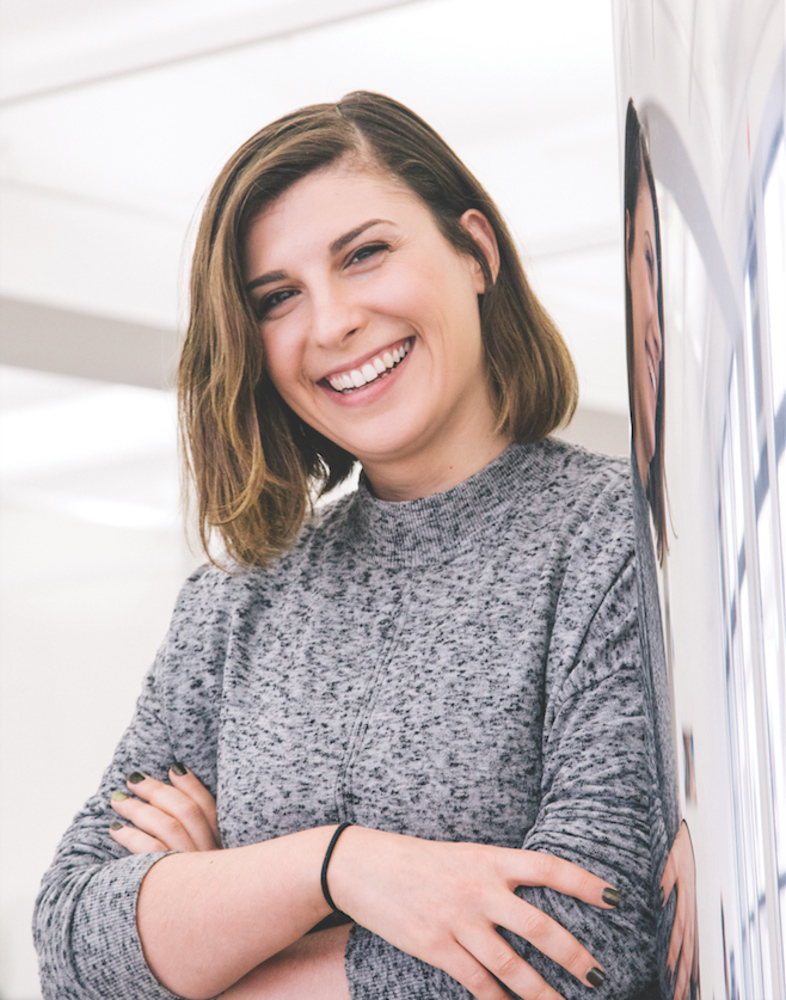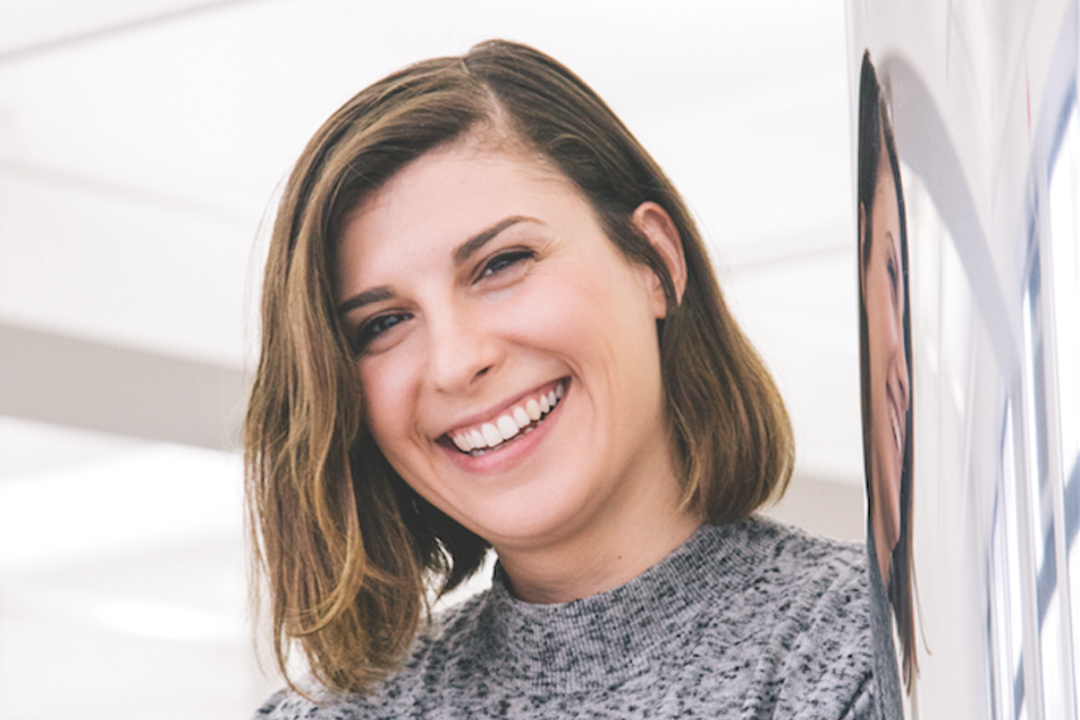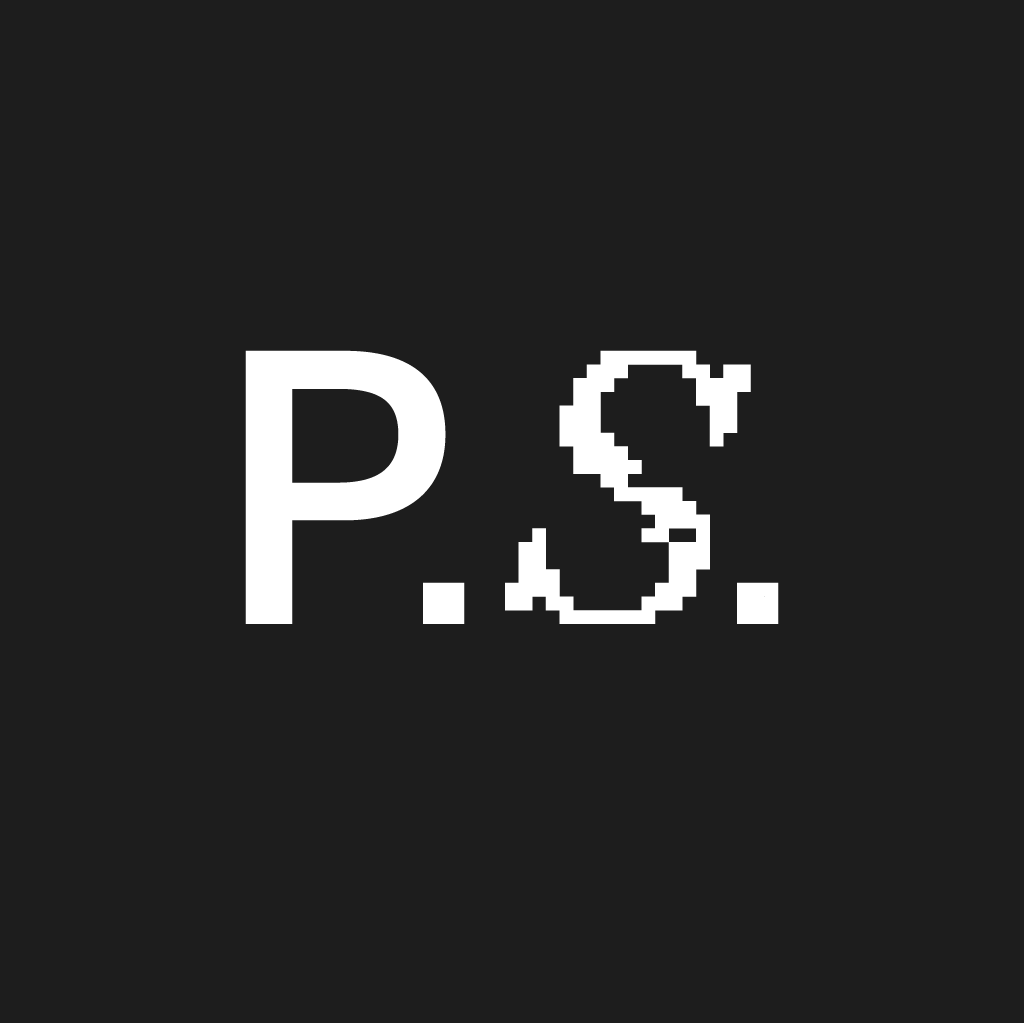Community Spirit
We meet Julia Kaganskiy, director of New Museum's creative incubator, New Inc


Collaboration is the name of the game at the recently set up Manhattan studio space, where all manner of artist and technologists are coming together to create something truly exciting.
Originally printed in Protein Journal Issue #15
For most creatives the main priority when finding a studio space is that it’s cheap. But another selling point is the sense of community a shared space can foster, which led Manhattan’s forward-thinking arts centre the New Museum to create New Inc – a not-for-profit incubator where artists, designers and technologists can collaborate, learn business skills and launch new platforms.
“When I was envisioning this space I wanted it to be an ecosystem with a range of voices that were disparate but complementary and coming together,” explains New Inc’s director Julia Kaganskiy.
Her idea has worked. Visit the 8,000-square-foot state-of-the-art studio space, located next to the museum at 231 Bowery, and packed full of Vitra furniture, and you’re likely to see coders and artists trading skill sets, a lawyer giving a seminar on intellectual property rights, or a fashion start-up 3D-printing accessories for its latest collection.
Residents aren’t necessarily “techy” or from a new-media arts background, but they are keen to get involved and experiment. Before setting up New Inc, the New Museum’s director Lisa Phillips and deputy director Karen Wong were involved with various collaborative programmes, such as Rhizome's Seven On Seven Conference, which pairs seven artists with seven technologists and gives them 24 hours to join forces on a project, and Studio X, a global network of laboratories exploring the future of the built environment started by Columbia University’s Graduate School of Architecture.
Rhizome and Studio X are now the anchor tenants at New Inc, and the New Museum and New Inc continue to work on projects such as Ideas City – a festival that explores the future of cities around the globe.
What type of infrastructure do you create to support a number of emerging work ethics? While New Inc is somewhere to experiment with new ways of making and creating art, and for discovering the impact new forms of creative production are having on work and culture, it’s also has another function.
“New Inc is really a response to the changing nature of the labour market,” says Kaganskiy. “We’re moving to a freelance culture where everyone is self-employed, an entrepreneur or working in a more entrepreneurial way.” In the US, 53m people are freelancing, and the number is expected to rise to 50% of the workforce by 2020.
Although gallerists and auctioneers may say that the worlds of business and art have close ties, the chances are that emerging artists know very little about negotiating a contract or writing a killer grant application.
New Inc doesn't force its members down one route though. Instead the goal is to create a space where creatives share skills and ideas, curators and business professionals drop in to give advice, and financial support is won via fellowships and links to potential investors.
Kaganskiy puts the loose structure of the programme down to what she learnt in her previous role as editor-in-chief of The Creators Project – a global platform looking at art and technology run by Intel and Vice.
“It was clear that there was a fundamental shift that was enabled by technology, and a lot of the forms of practice we featured didn’t exist 20 years ago,” she says. “It begged the question: ‘What type of infrastructure do you create to support a number of emerging work ethics?’.”
New Inc doesn’t profess to have an answer just yet, but Kaganskiy is sure that bringing a network of mentors and advisors together and creating a conversation about art, design and technology is the first step. New Inc is home to people like Paul Soulellis, editor of Printed Web, a popular publication looking at web-to-print art discourse; Luisa Pereira, a programmer exploring music through coding and design; and start-ups like Print All Over Me, who’ve worked with the New Museum store and artist Chris Ofili to create a limited-edition dress for his ‘Night and Day’ exhibition. New Inc’s art-business hybrid is a first, but it’s a blueprint that could work for museums and universities for decades to come.


